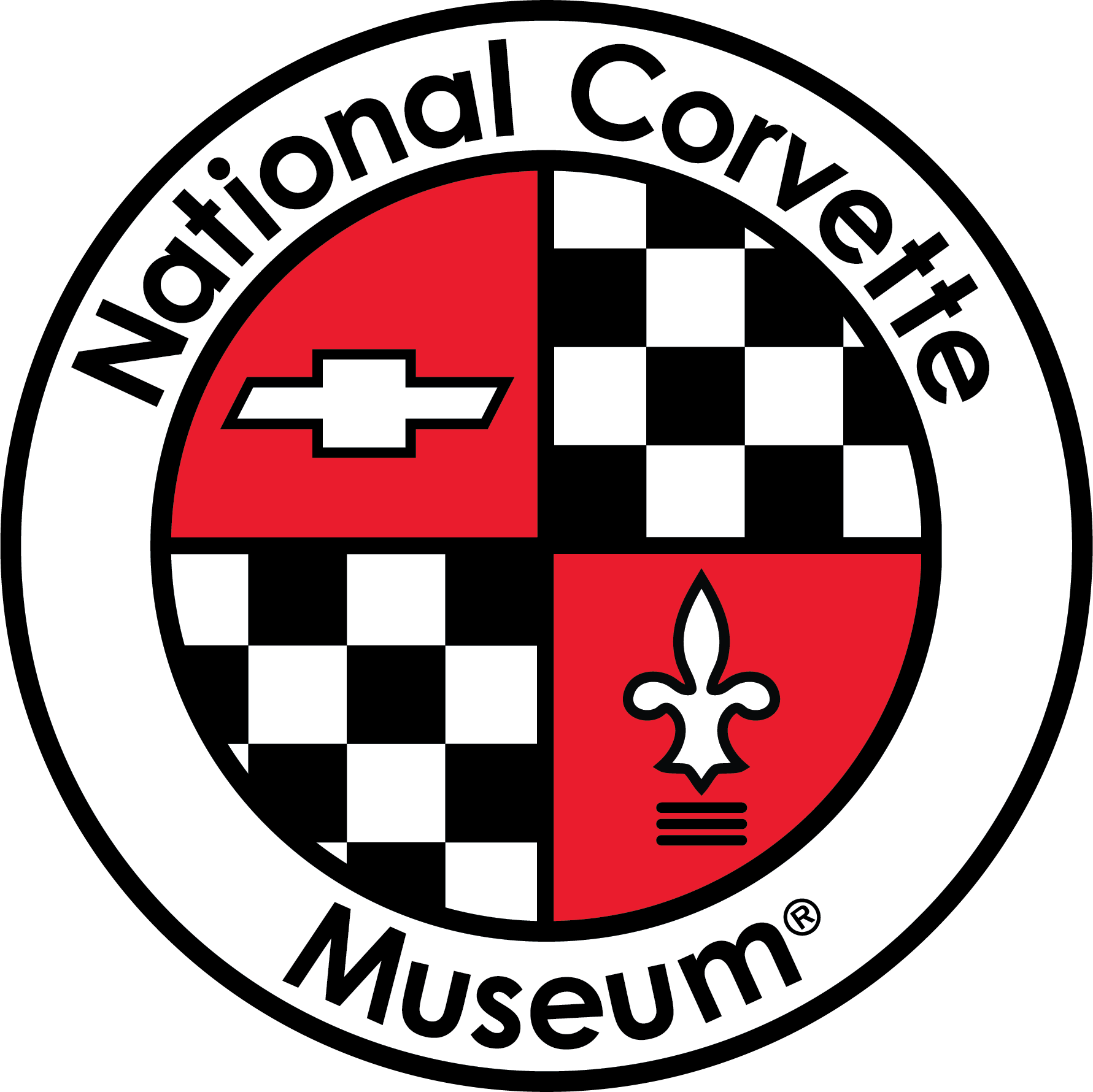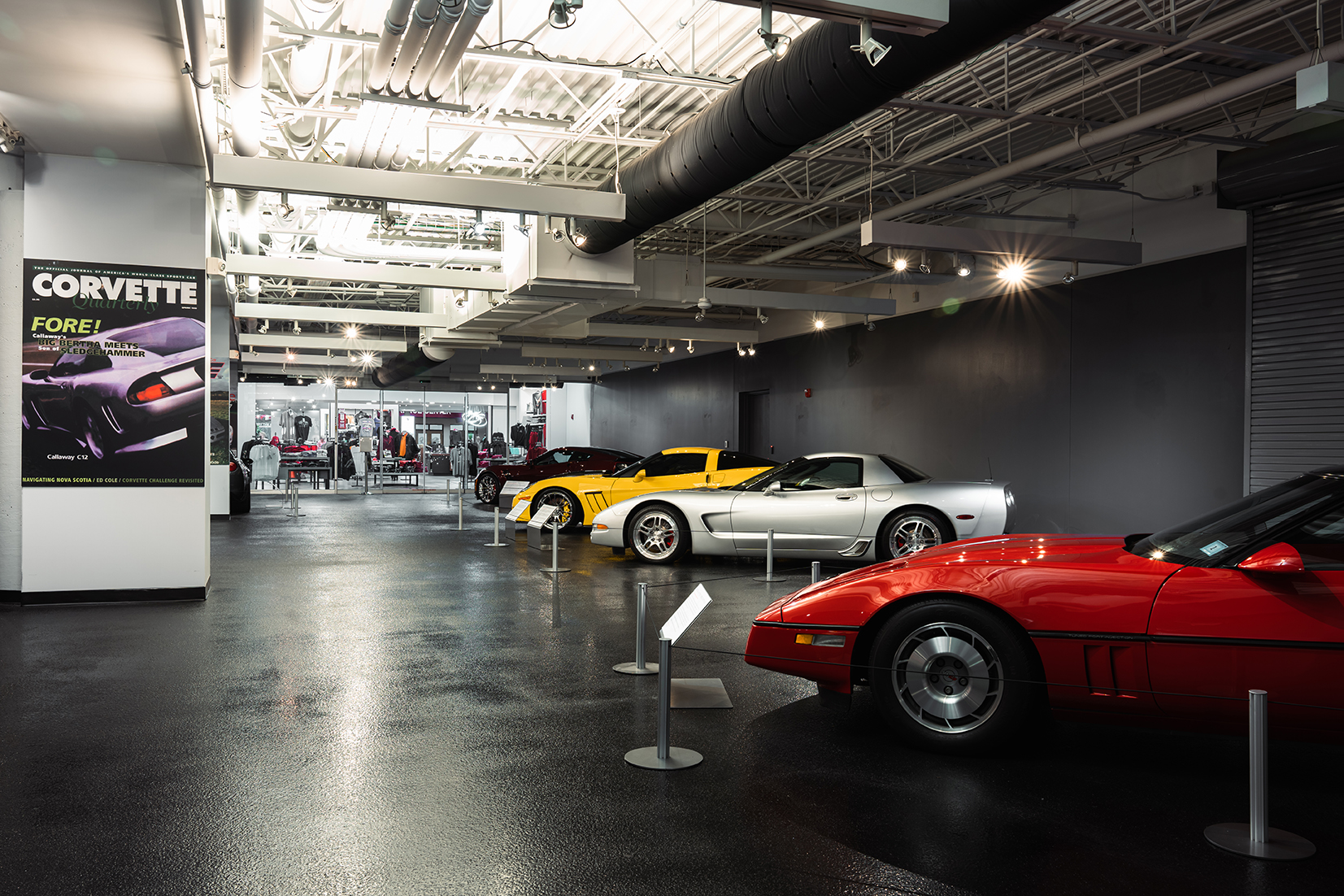 For thirty-five years, the most powerful and distinctive Corvettes in the world have been created by a team of dedicated engineers located in Old Lyme, CT, Temecula, CA, and Leingarten, Germany – they are the cars known as Callaway Corvettes, and their creed is “Powerfully Engineered Automobiles.”
For thirty-five years, the most powerful and distinctive Corvettes in the world have been created by a team of dedicated engineers located in Old Lyme, CT, Temecula, CA, and Leingarten, Germany – they are the cars known as Callaway Corvettes, and their creed is “Powerfully Engineered Automobiles.”
Known for their engineering and fine attention to detail in the craftsmanship of their products, Callaway has been on the top of the high-performance field for over four decades. Originating in the garage of his Old Lyme home in 1977, Reeves Callaway began with modifications upon BMW 3 Series cars. Out of that work came his first turbo system that received a rave report when reviewed by Car & Driver Magazine. With his first project deemed a success, Callaway continued to develop other products, often with major vehicle manufacturers, such as Alfa Romeo, constructing the twin turbo system for their GTV6.
It was the Alfa GTV6 Twin Turbo which sparked interest within the ranks of General Motors (GM) towards Callaway Cars and their engineering abilities. In the early 80s, GM was looking at high performance powertrain options for the Corvette, including turbocharging and multi-valve technologies. GM was aware of Callaway’s reputation and the cars it had produced. In fact, they had taken a Callaway Alfa Twin Turbo and examined the work closely. After GM’s own single and twin turbo V6 and V8 projects had run their course, Dave McLellan, then Chief Engineer for Corvette, gave the nod to Callaway, authorizing development of a prototype. The resulting powertrain option was introduced in June 1986 under Regular Production Option (RPO) B2K. With 345 hp and 465 lb. ft of torque, the Callaway Twin Turbo engine option was engineered to be the ultimate Corvette package, producing tremendous power while retaining its emissions controls and a warranty.
With Chevrolet’s blessing, the Callaway Twin Turbo was officially launched, available through select Chevrolet dealers. It continues to hold the distinction of being the only engine package for the Corvette produced outside of GM to hold a RPO code. Produced between 1987 and 1991, 510 of these special Corvettes were built in coupe, convertible, and at the close of production, in Speedster form. By ordering a Corvette through the dealer, checking the box for RPO B2K triggered a series of events, including special equipment and handling under SEO Z5G.
Throughout production, evolutionary changes were made. Optional cast magnesium Dymag wheels were available in 1987 in a 16-inch diameter and, later, a 17-inch size. In 1988, power levels increased to 382 and torque to 565 lb-ft. That year also saw the 17-inch Dymag wheels as standard equipment with other options such as an automatic transmission and full leather interior being offered. A new option for the 1989 B2K was the handsome AeroBody™ designed by Paul Deutschman and was first seen on the Callaway Sledgehammer Corvette, which achieved 254.76 MPH, a world-record that would stand for over 25 years. For 1990, horsepower rose to 390 and torque output was 562 lb-ft. However, the automatic transmission was discontinued. 1991 was the final year for this engine package and power was up again, to 403 hp and 575 lb-ft of torque. In 1991, the breathtaking Speedster model was revealed; 10 Series I Speedsters were built, each a unique color combination.
In 1992, GM introduced the second-generation LT1 small block V8. Given inherent challenges to turbocharge, the Callaway SuperNatural™ Corvettes were born. Previously, Callaway Corvettes made their increased power through positive manifold pressure; now they made additional power through increased engine displacement or finesse. Initially called the CL1 (LT1) and CR1 (LT5), they designated the chassis from which they were built upon and were offered with a host of options: AeroBody™, special paint colors, full leather interiors, special wheels, brakes, and exhaust systems. Cars could either be ordered and shipped directly to Callaway’s facility in Old Lyme or a select authorized installer. Existing Corvettes could also be sent for conversion. Available between 1992 and 1996, the series evolved from SuperNatural™400, designating 400 horsepower, it grew to become the 425, 435, 440, and finally the 450 model for LT1 (and LT4) based cars. 475 or 490 hp being available for LT5-based cars. Callaway expanded the SuperNatural™ line to Camaro and Impala models. Callaway also constructed three special vehicles featuring bespoke twin-turbocharged LT5’s: Two Super Speedsters and a ZR1-based coupe.
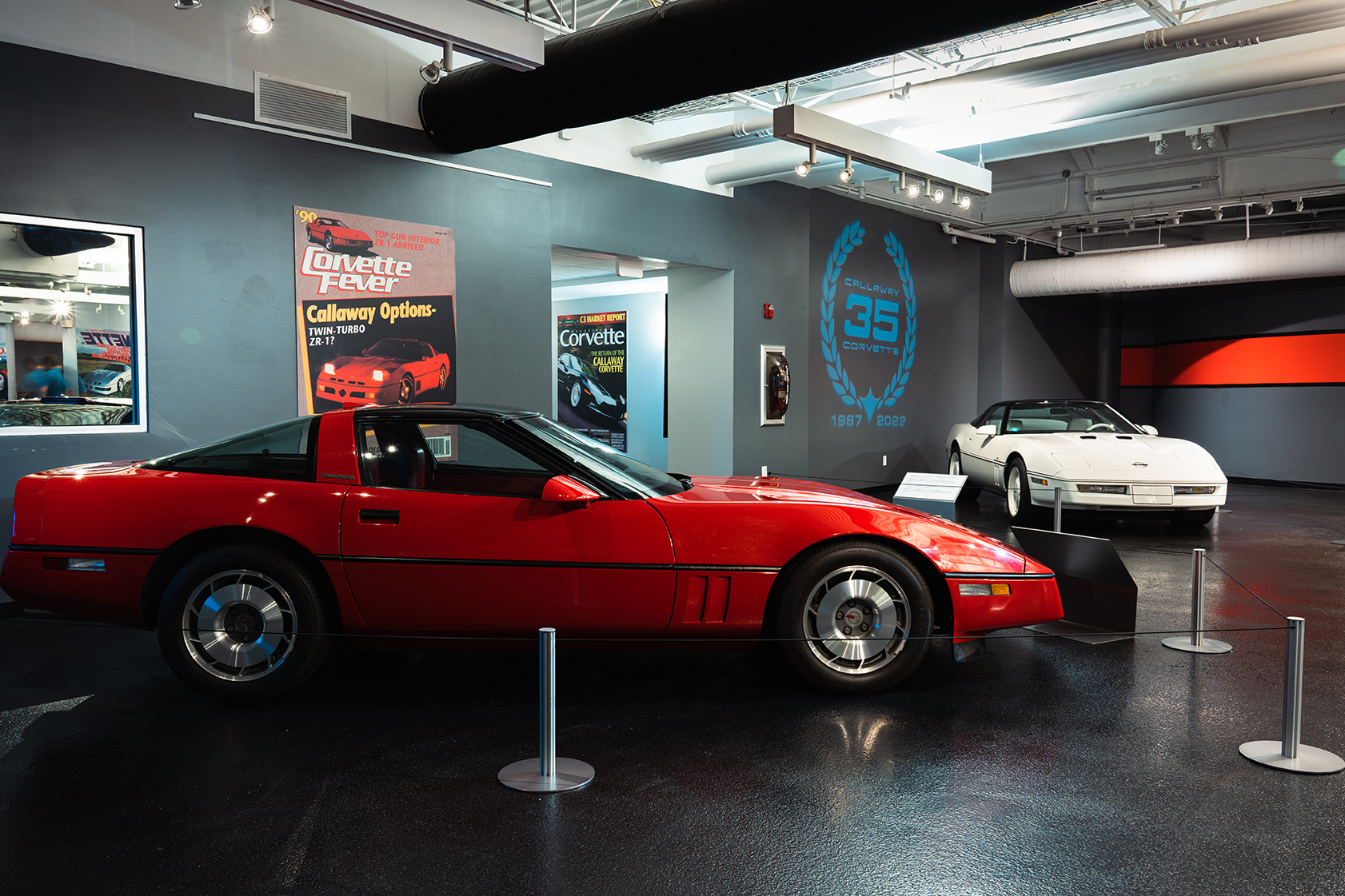 In 1998, Callaway debuted their own new model called the C12, based on the chassis of the newly released C5 Corvette. With an entirely new body and suspension, this Callaway shared little with the Corvette upon which it was built. To comply with Le Mans GT rulebook, it was built to a maximum width of 2 meters; nearly 6 inches wider than the standard C5. Powered by a naturally aspirated Callaway LS engine, the C12 was beautiful to look at, and extremely powerful. The C12’s new skin was penned by Dr. Paul Deutschman and constructed from lightweight carbon fiber. The racing variant C12R took pole position at Le Mans in 2001. In addition to the C12, Callaway also offered a product line for fifth-generation Corvettes called “Power Groups”, which included Honker™ airboxes, top end packages, exhaust, brake, wheel, and interior enhancements.
In 1998, Callaway debuted their own new model called the C12, based on the chassis of the newly released C5 Corvette. With an entirely new body and suspension, this Callaway shared little with the Corvette upon which it was built. To comply with Le Mans GT rulebook, it was built to a maximum width of 2 meters; nearly 6 inches wider than the standard C5. Powered by a naturally aspirated Callaway LS engine, the C12 was beautiful to look at, and extremely powerful. The C12’s new skin was penned by Dr. Paul Deutschman and constructed from lightweight carbon fiber. The racing variant C12R took pole position at Le Mans in 2001. In addition to the C12, Callaway also offered a product line for fifth-generation Corvettes called “Power Groups”, which included Honker™ airboxes, top end packages, exhaust, brake, wheel, and interior enhancements.
In 2004, Callaway Cars elevated the performance of Corvettes with their SuperNatural™ offering for the newly introduced C6 model. Initially offering naturally aspirated packages, SuperNatural™ 490 and 550 (horsepower) packages were available through select Callaway Dealer. In 2006, Callaway returned to positive manifold pressure on Corvettes, supercharging the C6 with impressive results.
Initially introduced as the Callaway SC560 SuperCharged Corvette, an optional 616 horsepower package was soon available by combining the SuperCharged Corvette options and specific components from the SuperNatural™ series. With the introduction of the LS3 engine in 2008, power climbed to 580 on the Callaway Corvette and later to 606 with the advent of the TVS2300-series SuperCharged cars. For those who sought even more power, Callaway supercharged the venerable LS7 in the Z06 Corvette, as part of the SC652 model, delivering tremendous power in an extremely well-mannered package.
In 2007, Callaway launched project C16. Debuting their handcrafted version of their Corvette-based supercar at the Los Angeles Auto Show, it was fitted with a hand-trimmed full leather and Alcantara interior, along with options from the Callaway Corvette – Le Mans brakes, coilover suspension, carbon fiber/magnesium wheels and more. Each C16 was built to order and available as a coupe, cabrio or speedster. 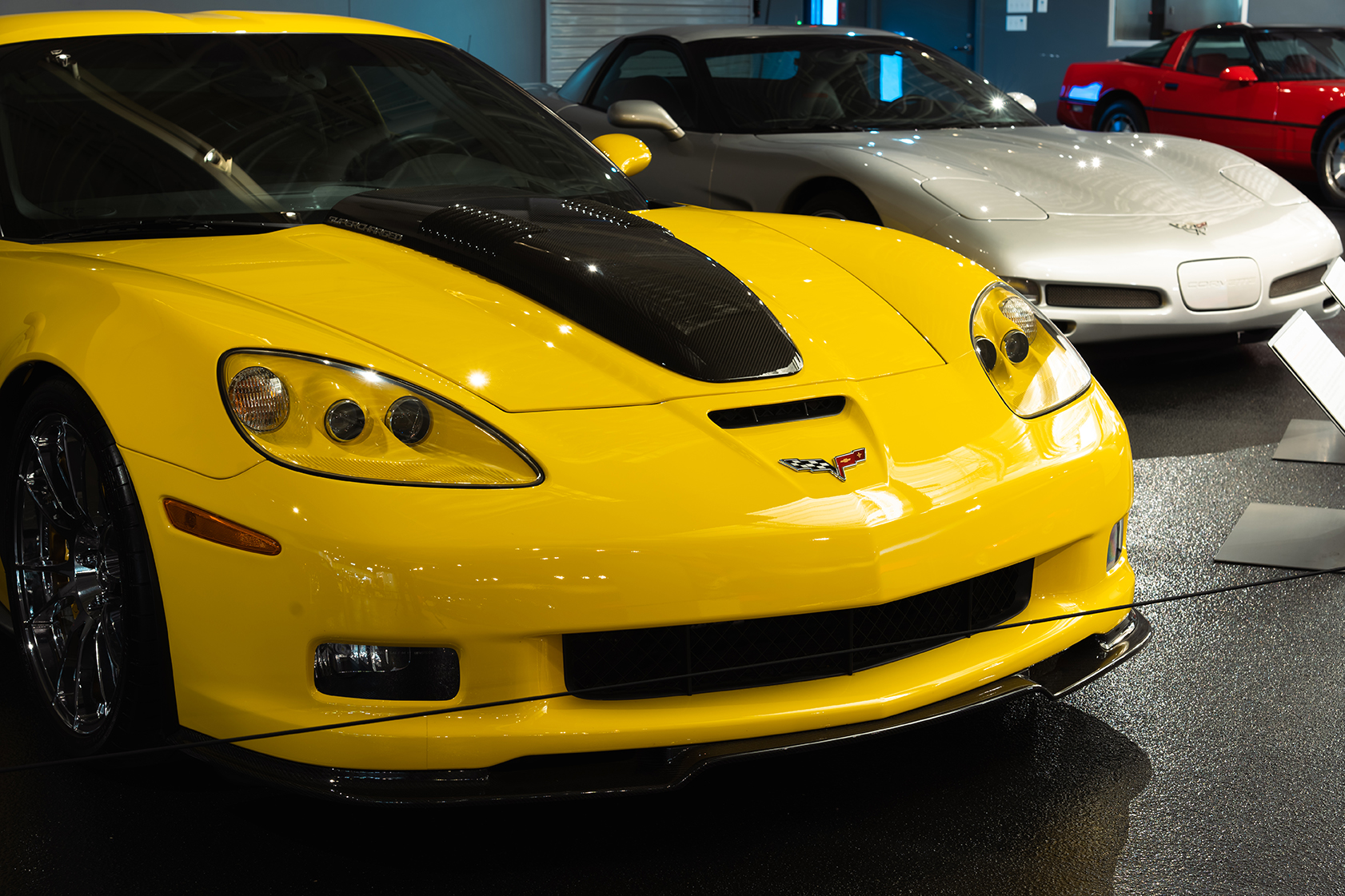
For 2012, the 25th Anniversary of working with the Corvette, Callaway was re-issued their original RPO (B2K) for use on a limited run of Corvettes. Featuring special paint and equipment from Chevrolet, twenty-six identical Corvettes (25 production and a pilot car) were drop-shipped to Callaway facilities for final conversion under this program. All were Cyber Gray, and as a coupe or convertible, automatic or manual, they delivered 620 supercharged horsepower and featured a full list of Callaway equipment.
In 2014, GM launched the 7th Generation of Corvette and Callaway was ready with their new GenThree Triple-Cooled supercharger system, which raised horsepower to 627 on the Stingray and featured a through-hood design, allowing convective heat transfer from cooler ambient airflow. The following year, the C7 Z06 debuted, and Callaway applied their supercharger (32% larger than the o.e. unit) resulting in 757 hp/777 lb-ft.
The knowledge gained in supercharging thousands of Callaway Corvettes expanded to include Camaros, SportTrucks, SUV’s and even sedans.
With the introduction of the C8 Stingray, Callaway was again issued a RPO (PCY) to commemorate the milestone anniversary for the 35th year of working with Corvette. Specific Callaway content is included in this anniversary model with Corvette order documents, build sheets and other paperwork identifying this significant milestone. Only 35 of these vehicles were built, available through authorized Callaway dealers now.
Callaway Corvettes: 35 Years of Making Fast Faster is NOW OPEN at the National Corvette Museum until late February 2023.
For information on these “Powerfully Engineered Automobiles”, visit Callaway Cars online at callawaycars.com, and check out callawayownersgroup.com for owner’s resources and more.
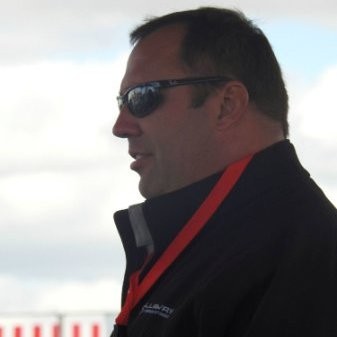 About the Author: Chris Chessnoe has had a love for automobiles for as long as he can remember, especially Corvettes. Currently, Chris owns three Corvettes, two of which are Callaways – It is his enthusiasm for these Callaway vehicles which led to the creation of the Callaway Owners Group, an organization that he started in 2002. They have continued to grow over the years and have become the premier resource for owners and enthusiasts alike. Chris has written or photographed for various print and digital media the past two decades and enjoys all things mechanical. Residing in Virginia, Chris is blessed with a wonderful family, as his wife and two daughters often accompany him to various events, proving that a Corvette is more than just a car, it is a lifestyle.
About the Author: Chris Chessnoe has had a love for automobiles for as long as he can remember, especially Corvettes. Currently, Chris owns three Corvettes, two of which are Callaways – It is his enthusiasm for these Callaway vehicles which led to the creation of the Callaway Owners Group, an organization that he started in 2002. They have continued to grow over the years and have become the premier resource for owners and enthusiasts alike. Chris has written or photographed for various print and digital media the past two decades and enjoys all things mechanical. Residing in Virginia, Chris is blessed with a wonderful family, as his wife and two daughters often accompany him to various events, proving that a Corvette is more than just a car, it is a lifestyle.
